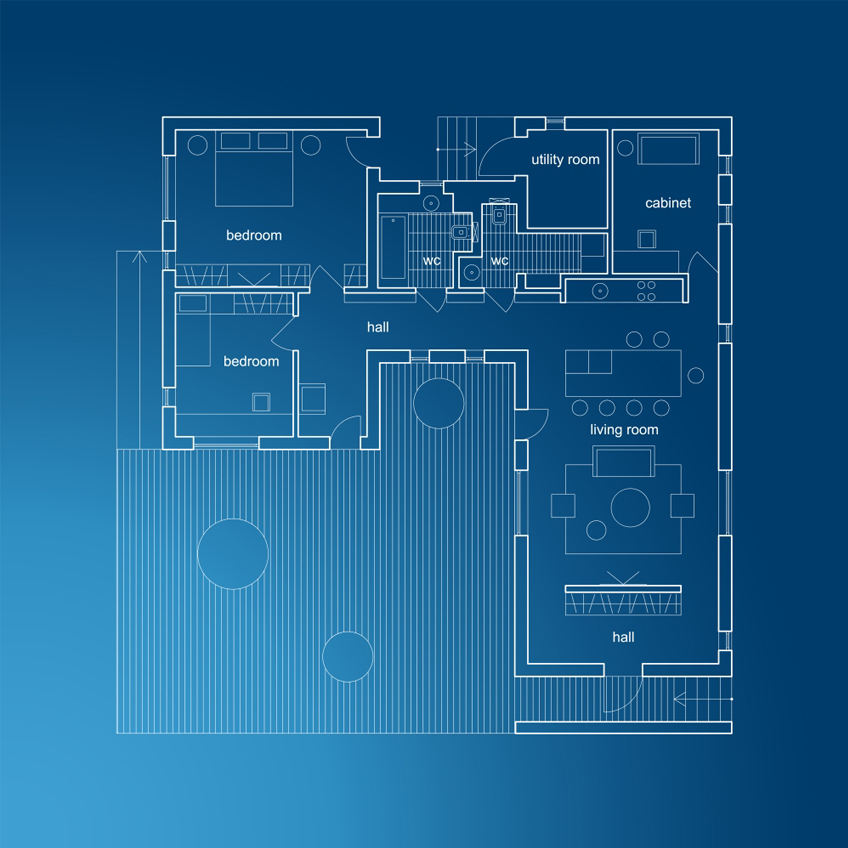
 By Amber Kahwaji
By Amber Kahwaji
The City of Phoenix and the American Institute of Architects are calling on builders across the Valley to design Arizona’s example of a sustainable home. The competition is part of a set of goals implemented in 2016 to help Arizona get on track toward becoming a carbon-neutral, zero-waste city by 2050, according to the AIA.
“It’s really important for cities to set long-term goals and measure the progress,” said Mark Hartman, chief sustainability officer for the City of Phoenix.
The Sustainable Home Design Competition is looking for a design that includes an 80 percent reduction in energy use, costs the amount of current construction, and possesses aesthetics widely adaptable as the model for future builds. The winner would have to provide documents detailing plans for construction and future development of the home, allowing them to become public domain after the implementation of revisions required by the City of Phoenix.
Construction documents would need to comply with building codes, be pre-approved for permitting and require the approval of the site the builder chooses for their new home. The aesthetic design of the home, how sustainable it is, and whether it compliments Arizona architecture are included in the criteria considered when selecting a winner. Aside from the home design itself, raising awareness that sustainable homes are affordable is a significant point the competition hopes to make.
“There are examples around the U.S. that show they can actually build sustainable homes at a cost similar to current construction,” Hartman said.
One common concern people have when building a home is how to keep the cost of the build as affordable as possible. Hartman intends to change this concern from the cost of construction to the cost of energy used by the home. A significant reduction in energy consumption translates to a significant decrease in monthly utility costs.
Many sustainable homes use roughly 80 percent less energy than standard homes, and the use of solar panels can get a home as low as zero percent. In Arizona, when summer months can cost the average family $300 to cool down a single-family home, those living in a sustainable house could see their bill get as low as $50 a month.
Not only is the cost-saving factor a huge benefit, but sustainable homes also work in harmony with the environment to reduce the consumption of energy, water and building materials.
“We have to be very thoughtful about how we use these resources and make sure we have left enough behind for generations to come,” Lobo said.
August 31 is the deadline for submission of design entries, which will subsequently be reviewed by judges. The top five designs will then be open for public vote, with the winner announced in late October. The $100,000 award granted to the winner comes from the Department of Energy.
“A great outcome would be if 100 of these homes were built throughout the city,” Hartman said, “while also creating demand for a model home that happens to be a sustainable home.”
For more information or how to enter the competition visit The Sustainable Home Design Competition website at AIA.org
.
Amber Kahwaji is an Arizona native and freelance writer covering topics from natural health and beauty to Arizona’s community.
Read more architecture articles at greenlivingaz.com/architecture





